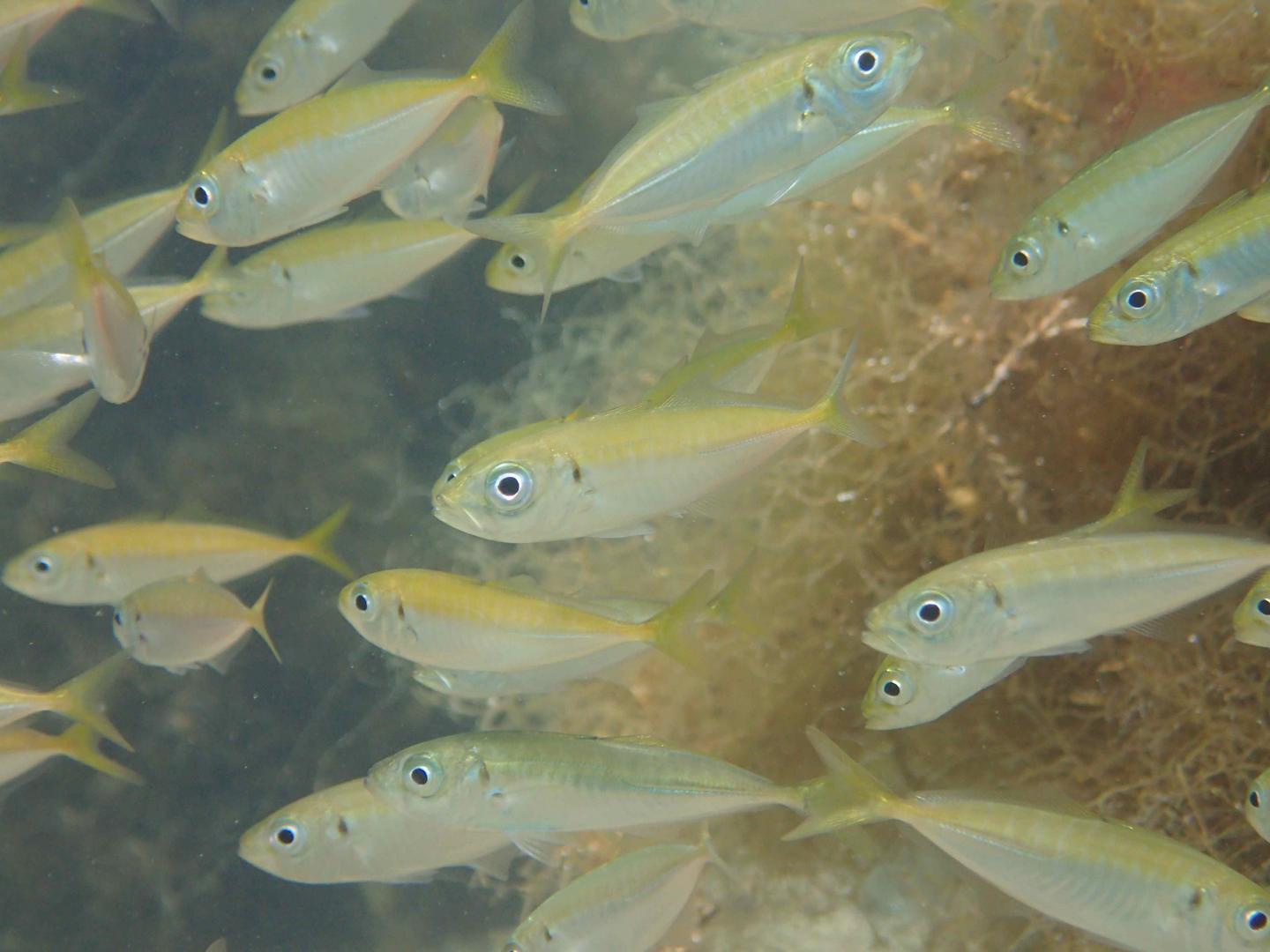
Credit: Reiji Masuda
River water, lake water, and seawater contain DNA belonging to organisms such as animals and plants. Ecologists have begun to actively analyze such DNA molecules, called environmental DNA, to assess the distribution of macro-organisms. Challenges yet remain, however, in quantitative applications of environmental DNA.
In a research article published online in Molecular Ecology, researchers from the National Institute for Environmental Studies, Tohoku University, Shimane University, Kyoto University, Hokkaido University, and Kobe University, have reported a new method for estimating population abundance of fish species (or more generally, a target aquatic species), by means of measuring concentration of environmental DNA in the water. Their results suggest the potential of the proposed approach for quantitative, non-invasive monitoring of aquatic ecosystems.
DNA molecules are released from organisms present, are transported by the flow of water, and are eventually degraded. In a natural environment, these processes can operate in a complex way.
“This complicates and limits the traditional approach of population quantification based on environmental DNA where the presence of a definite relationship between the concentration of environmental DNA and population abundance has been critical, “explained Keiichi Fukaya, research associate at the National Institute for Environmental Studies and the lead author of the paper.
“We thought that these fundamental processes of environmental DNA, the shedding, transport, and degradation, should be accounted for, when we estimate population abundance through environmental DNA,” he said.
The authors implemented this idea by adopting a numerical hydrodynamic model that explicitly accounts for the processes to simulate the distribution of environmental DNA concentrations within an aquatic area. “By solving this model in the ‘inverse direction’, we can estimate fish population abundance based on the observed distribution of environmental DNA concentrations,” Fukaya explained.
A case study conducted in Maizuru Bay, Japan, confirmed that the estimate of the population abundance of Japanese jack mackerel (Trachurus japonicus), obtained by the proposed method, was comparable to that of a quantitative echo sounder method.
“The idea and framework presented in this study forms a cornerstone towards quantitative monitoring of ecosystems through environmental DNA analysis. By combining field observation, techniques of molecular biology, and mathematical/statistical modeling, the scope of the environmental DNA analysis will be broadened beyond the determination of the presence or absence of target species,” explained Professor Michio Kondoh from Tohoku University, who led the 5.5-year environmental DNA research project, funded by the Japan Science and Technology Agency (CREST).
###
This work was supported by JST CREST Grant Number JPMJCR13A2, Japan.
Media Contact
Keiichi Fukaya
[email protected]
Related Journal Article
http://dx.





